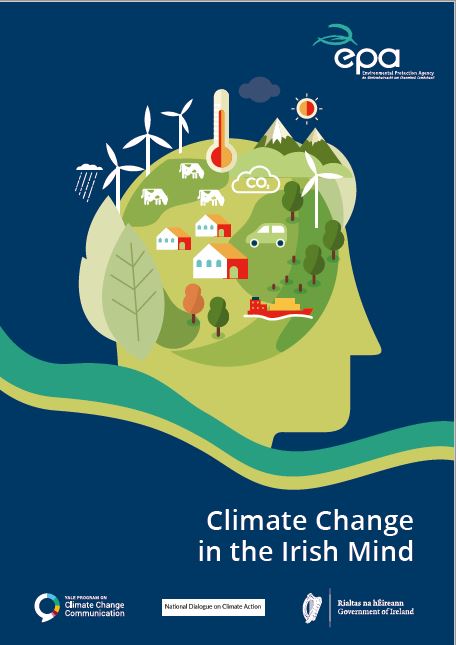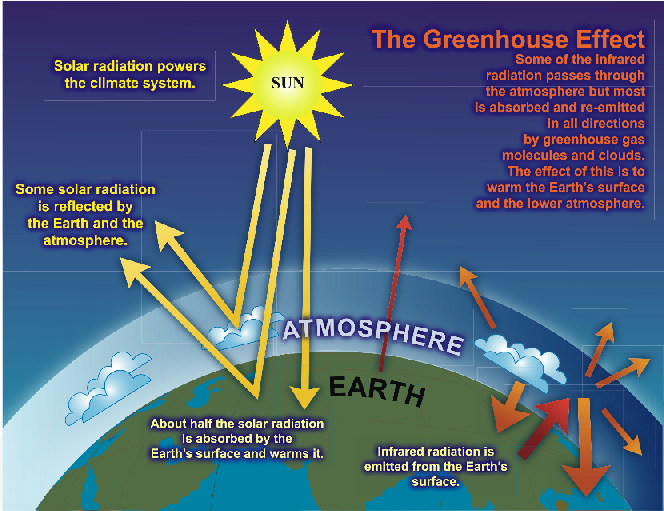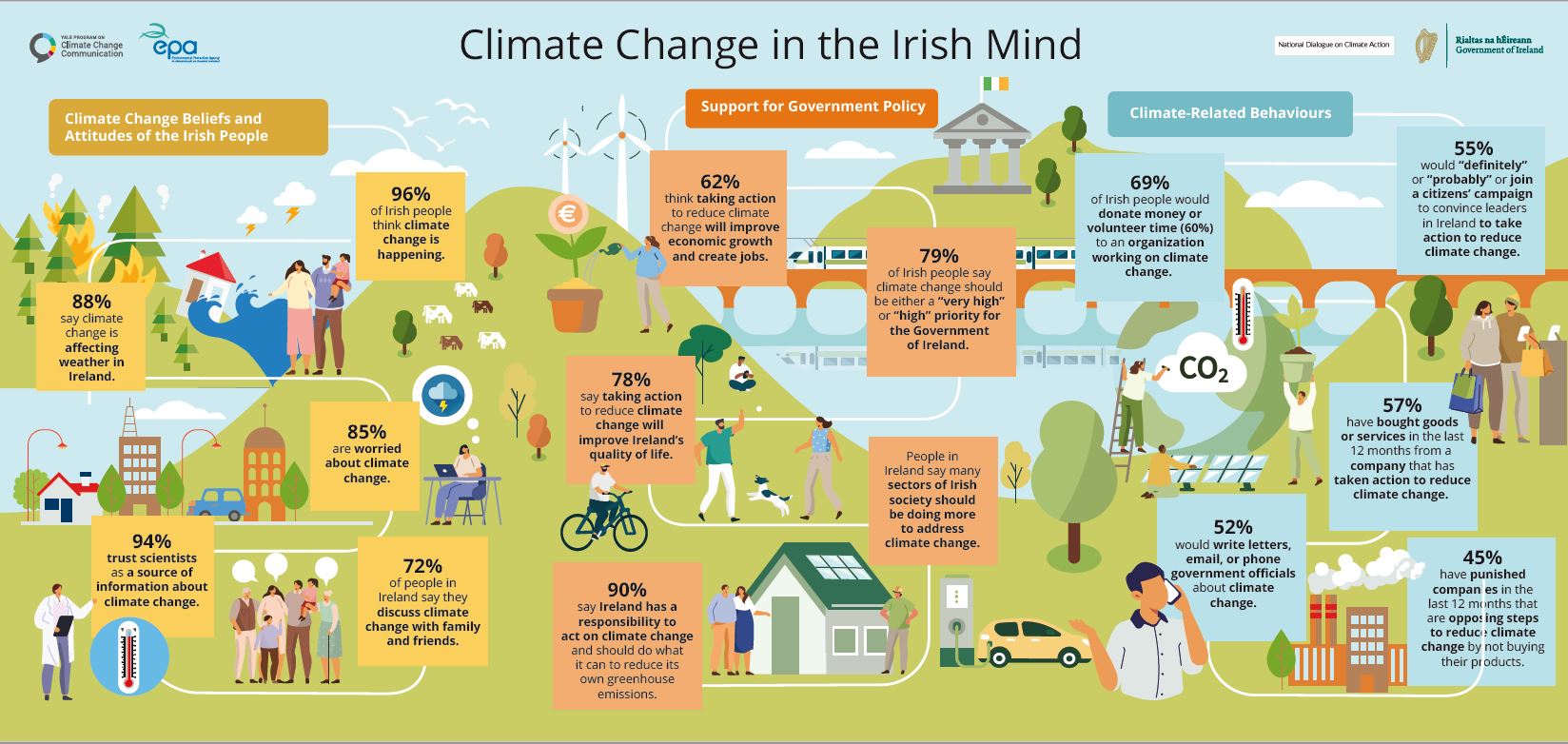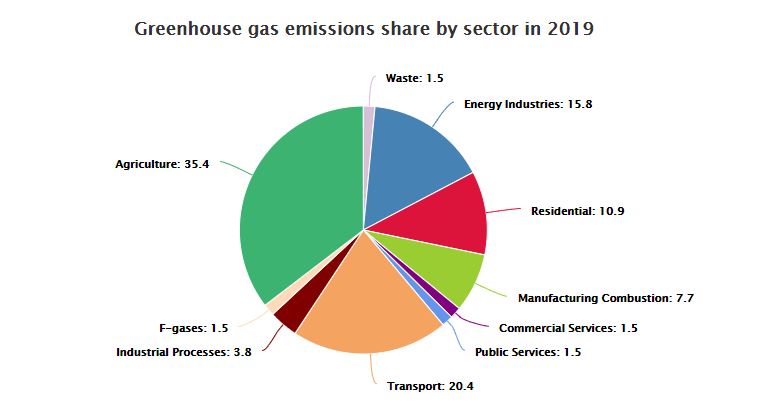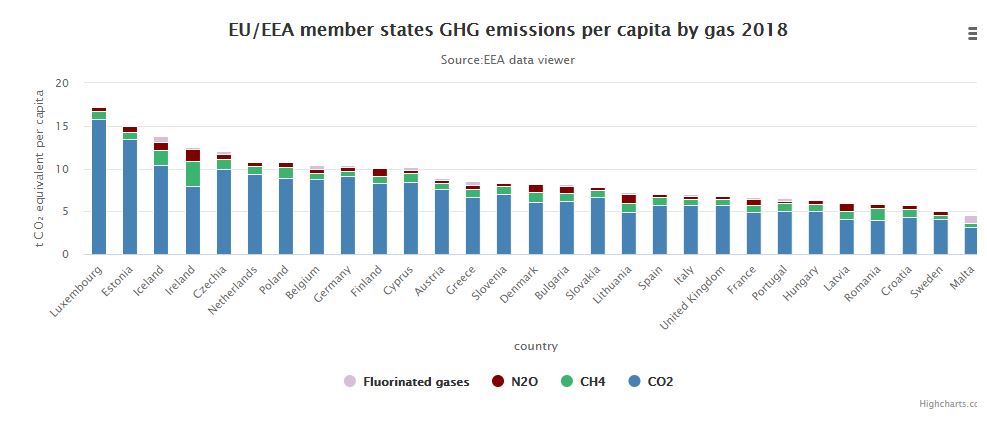In 2018, the global temperature had been increased by 1.0°C relative to pre-industrial levels. At the current rate of warming, the world is expected to reach 1.5°C warming between 2030 and 2052 (IPCC, 2008). If this continues, the 2°C increase could occur around 2060. Globally the two main features of climate change are:
- changes in the rate of occurrence and scales of extreme weather events, such as heatwaves or rainfall events, and
- slow onset changes such as sea-level rise, loss of glaciers, and ecosystem changes.
For Ireland, by 2050 (mid-century) mean annual temperatures are projected to increase by between 1 and 1.2℃, and between 1.3 and 1.6℃ depending on the emissions trajectory. Heatwave events are expected to increase by mid-century and this will have a direct impact on public health and mortality. These changes may affect the life cycle (phenological) phases in many plant and animal species. By mid-century there are projected increases in both dry periods and heavy precipitation events, meaning we will have to consider increased flood risk as well as droughts. There is also the possibility that, although average wind speed may decrease, the intensity of individual storms may increase.
Building performance will be challenged by a changing climate, needing to cope with more extreme summer temperatures, intense rainfall events and potential changes in wind and storm patterns. This will require appropriate design and building standards, but also adaptation of existing building stock.
As our climate changes, it will create new conditions that may allow existing pests and diseases to spread and new threats to become established in Ireland. Our infrastructure systems are likely to be impacted by an increase in disruptive events and our water quality and supply might be affected.
Global mean sea level rise by 2100 is likely to be in the range of 0.29m to 1.10m (depending on the emissions scenario) and sea levels will continue to rise far beyond the year 2100.
Predicted changes in mean sea level will be magnified by changing storm surge and wave patterns in coastal areas. Sea level rise varies regionally but increasing sea levels around Ireland would result in increased coastal erosion, flooding and damage to property and infrastructure. High-resolution mid-century climate projections for Ireland were published by the EPA in 2020 and are available at Climate Ireland.

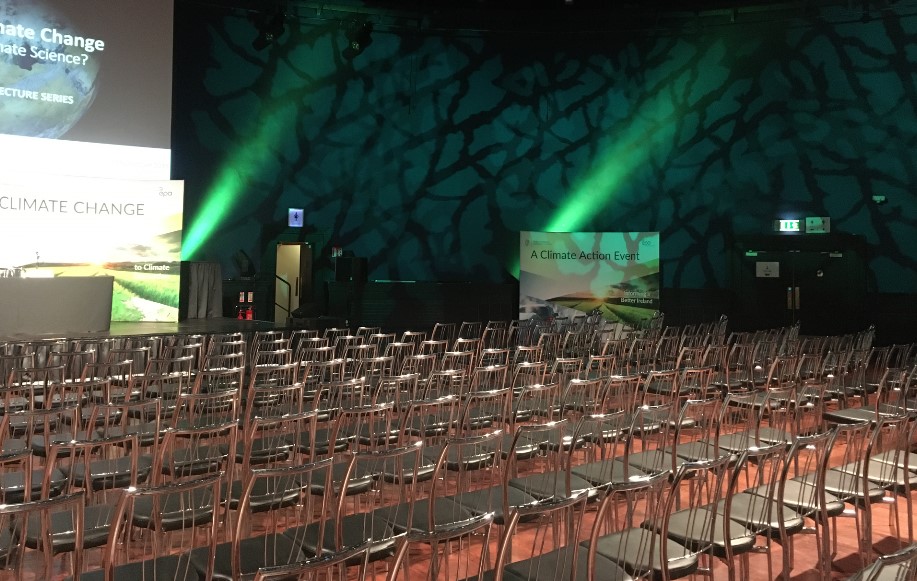

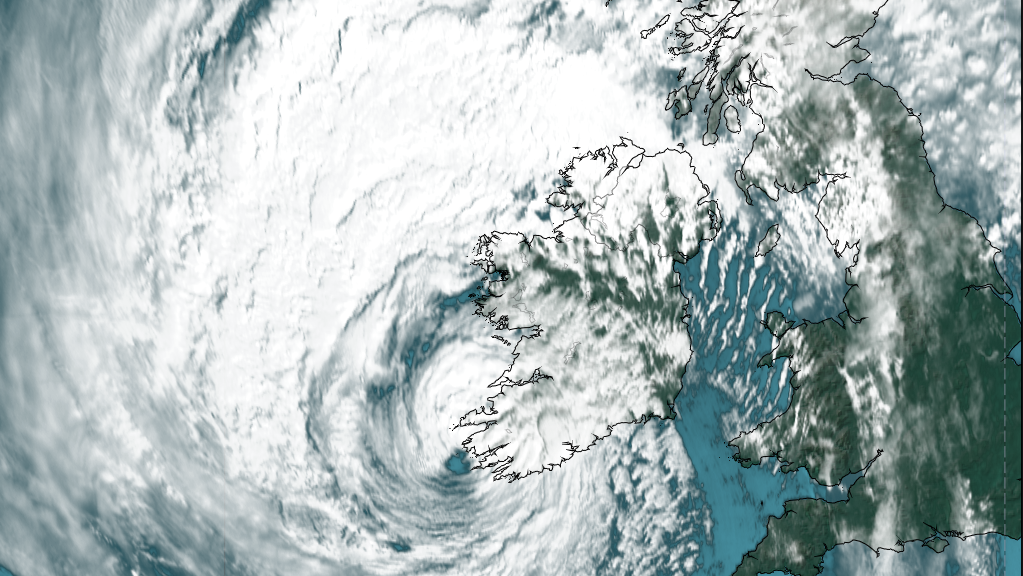

-thumbnail.jpg)
